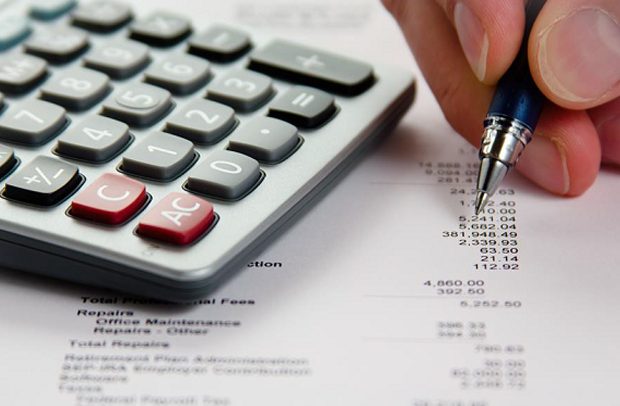The Bank of Ghana (BoG) has reported that the general economic uncertainty occasioned by the outbreak of the novel coronavirus (Covid-19), has reduced demand for bank credit.
It says commercial banks have tightened their credit stance as well.
As a result, the bank stated “credit to the private sector remained virtually flat during the period.”
“Broad money supply (M2+) slowed significantly to 13.5 per cent in March 2020, compared with 21.6 per cent growth a year ago,” it reported after its 94th Monetary Policy Committee Meeting.
*Currency Decline*
Addressing the media through a Live Facebook session on Friday, May 15, Governor of the central bank, Dr. Ernest Addison, says the lockdown resulted in a decline in currency as consumers resorted to the use of electronic modes of payment.
He stated that “the latest stress tests conducted in April 2020, suggest that banks are strong and resilient and are well-positioned to withstand mild to moderate liquidity and credit shocks on the basis of strong capital buffers and high liquidity positions.”
According to him, “Capital Adequacy Ratio is well above the revised regulatory floor of 11.5 per cent. However, the industry NPL ratio has inched up during the quarter, reflecting the emerging impact of the pandemic on low credit growth and higher loan provisioning. So far, banks are also responding positively to the recently-announced policy initiatives to support the economy by reducing lending rates and supporting credit growth, as well as offering moratoriums on loan repayments to cushion customers.”
Price Developments
After remaining flat at 7.8 per cent for three consecutive readings (January-March 2020), headline inflation jumped up in April to 10.6 per cent— outside the bank’s inflation target band, he said.
He added that “the sharp rise in inflation is attributed to increased demand for food items stemming from the two panic-buying episodes preceding the market fumigation exercises across the country and the partial lockdown in both Accra and Kumasi—the two largest cities. This led to exaggerated food prices in April.”
“Food and non-alcoholic beverages prices rose to 14.4 per cent, significantly higher than the 8.4 per cent recorded in March 2020. Non-food inflation increased to 7.7 per cent in April 2020 from 7.5 per cent in March 2020.”
“The bank’s latest forecast points to elevated risks to the inflation outlook in the forecast horizon, underscored by the recent jump in headline inflation. On the downside, relief measures on water and electricity tariffs and declining crude oil prices are likely to ease price pressures in the outlook.”
He noted that “the recent rise in inflation is projected to peak in the second quarter and begin to return to the disinflation path in subsequent quarters with inflation settling within the medium-term target band by the end of the year. On the growth outlook, baseline projections show a sharp downturn in GDP growth with the economy operating below capacity in the medium-term.”
By Melvin Tarlue


